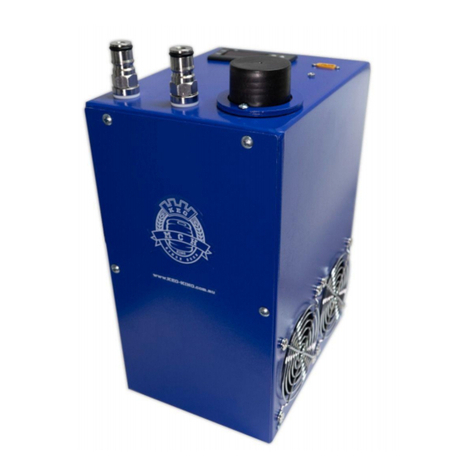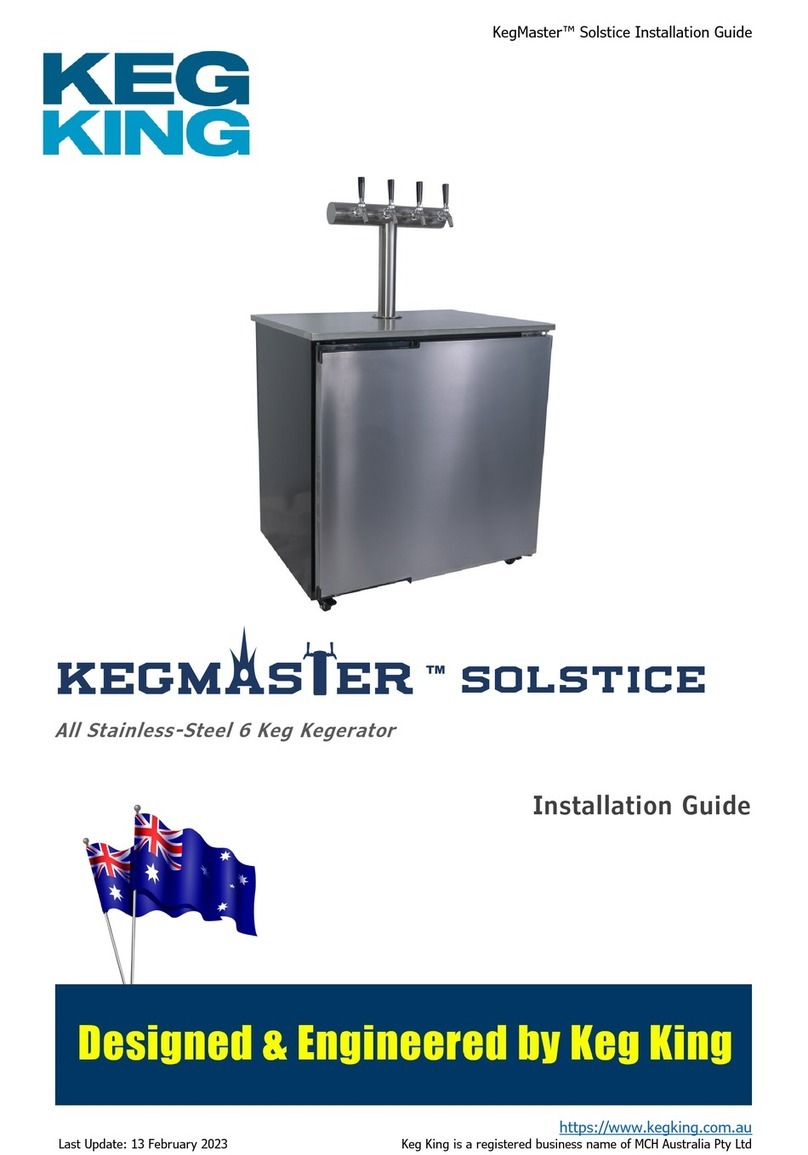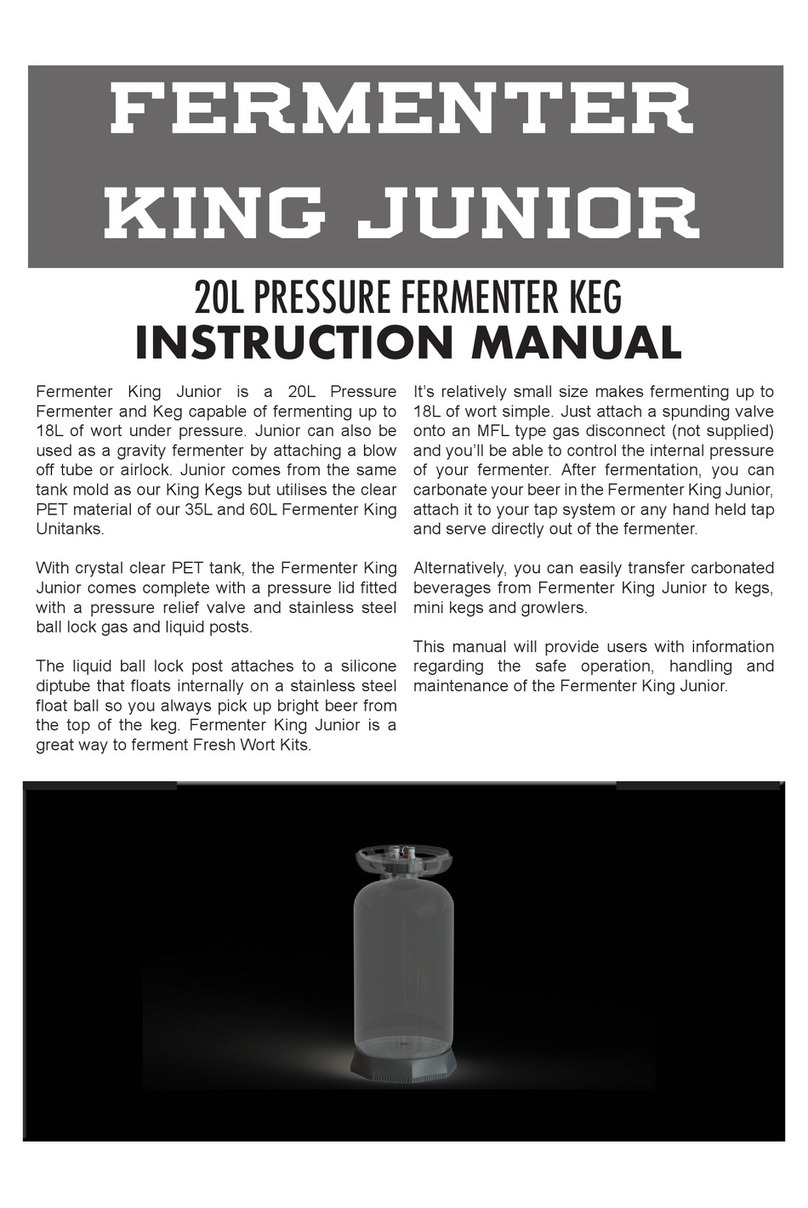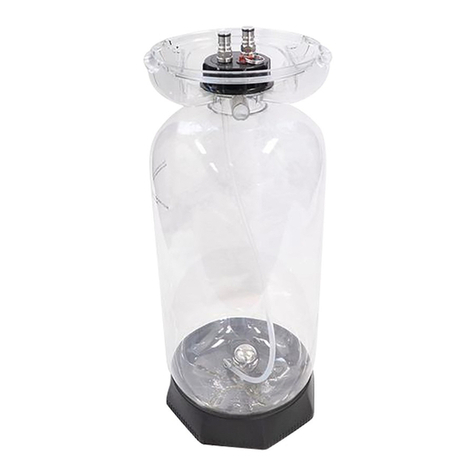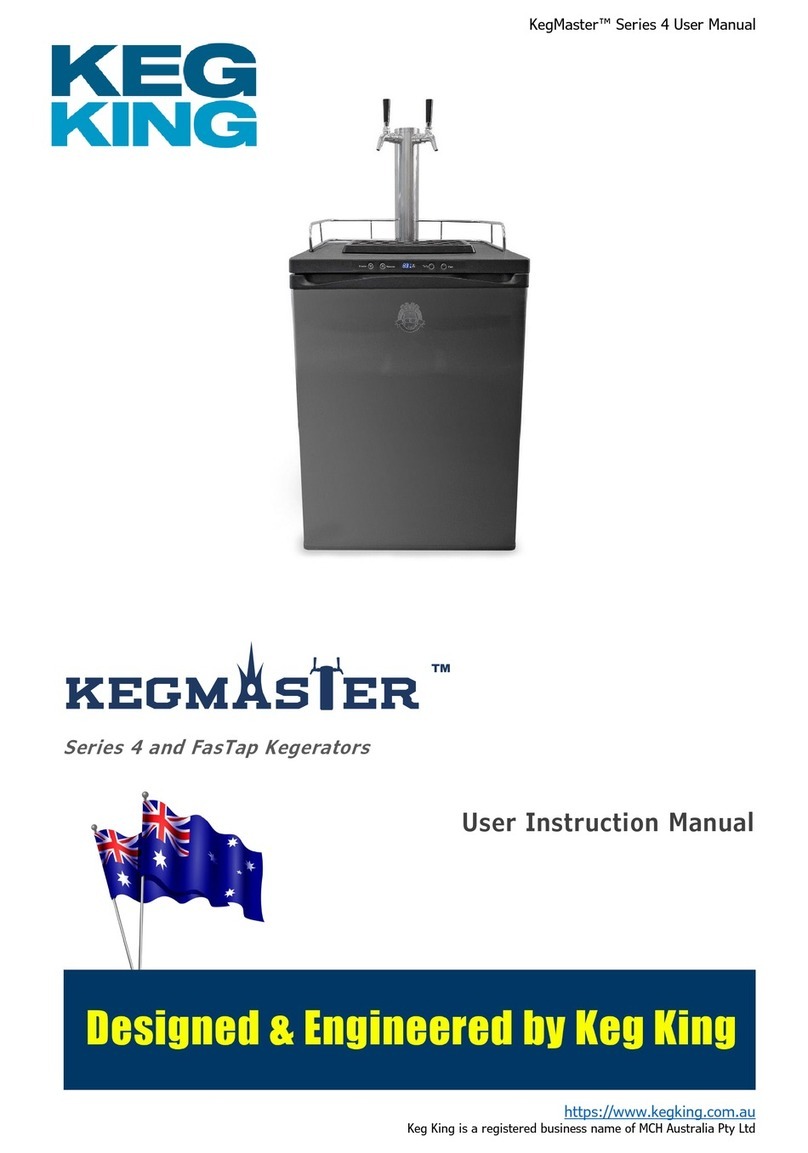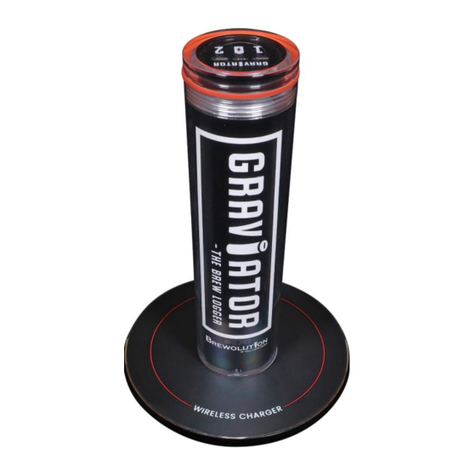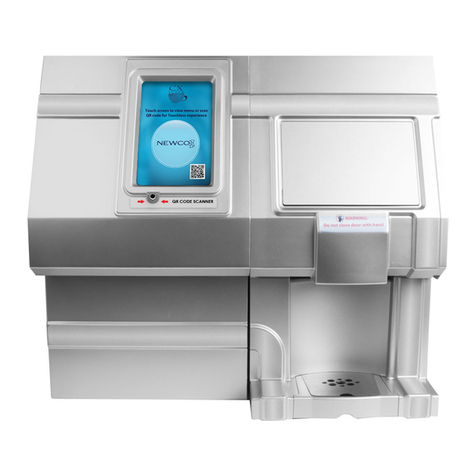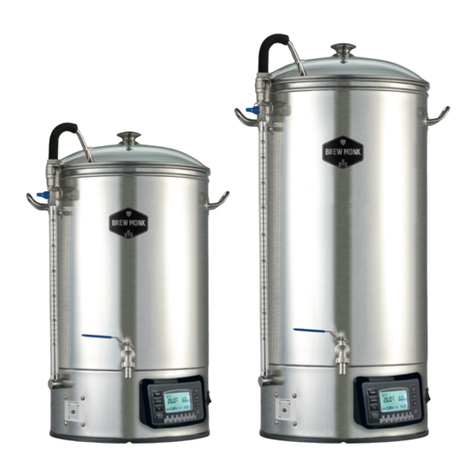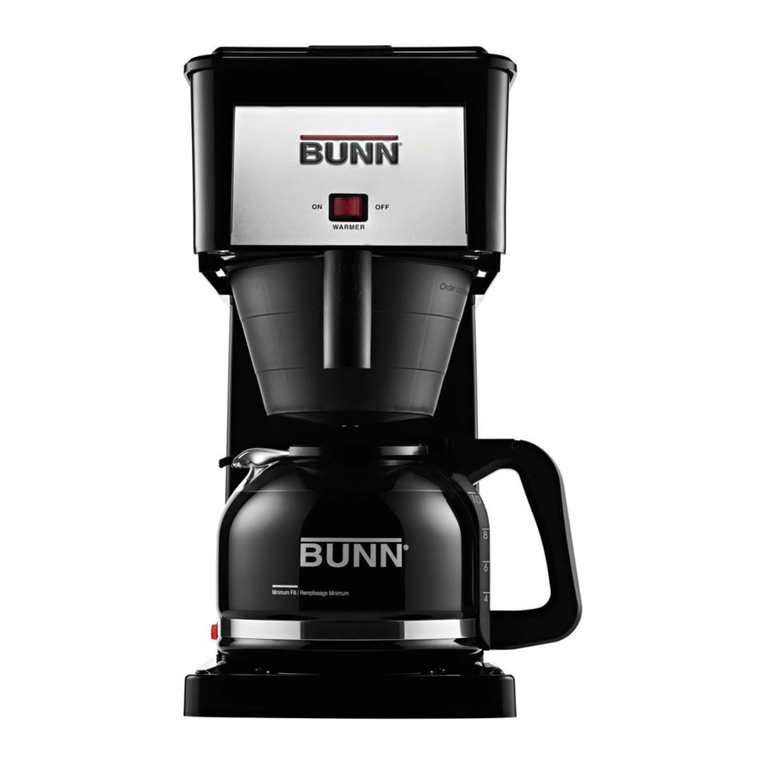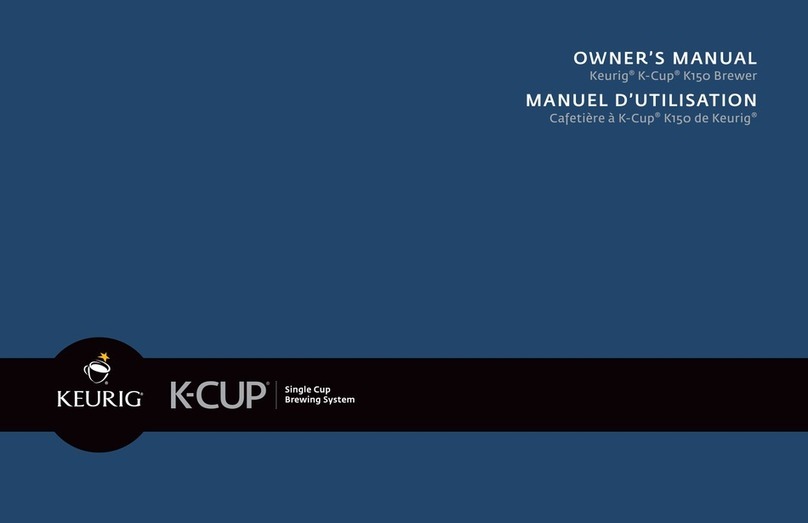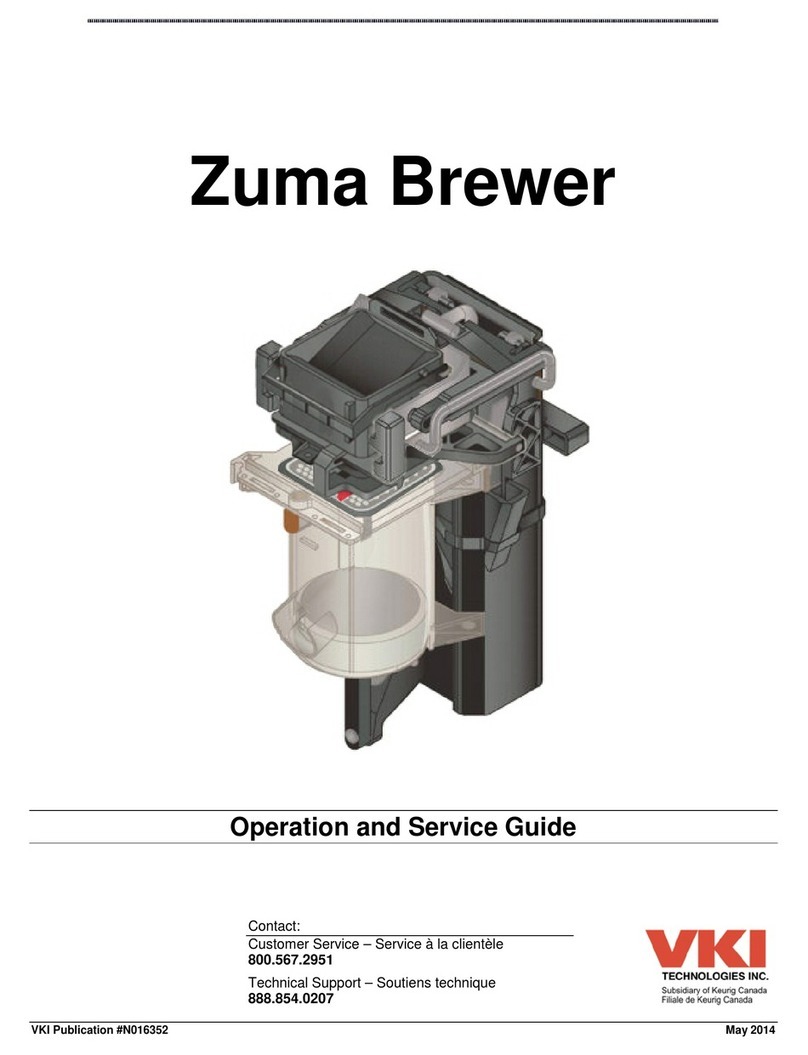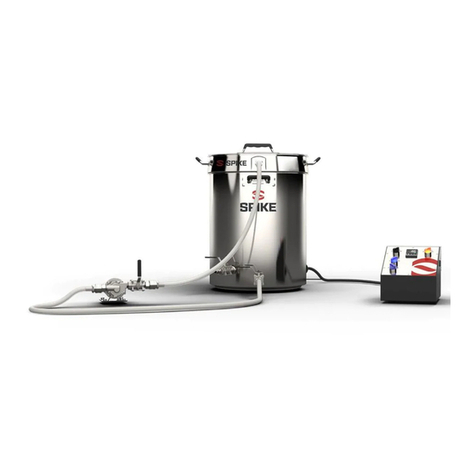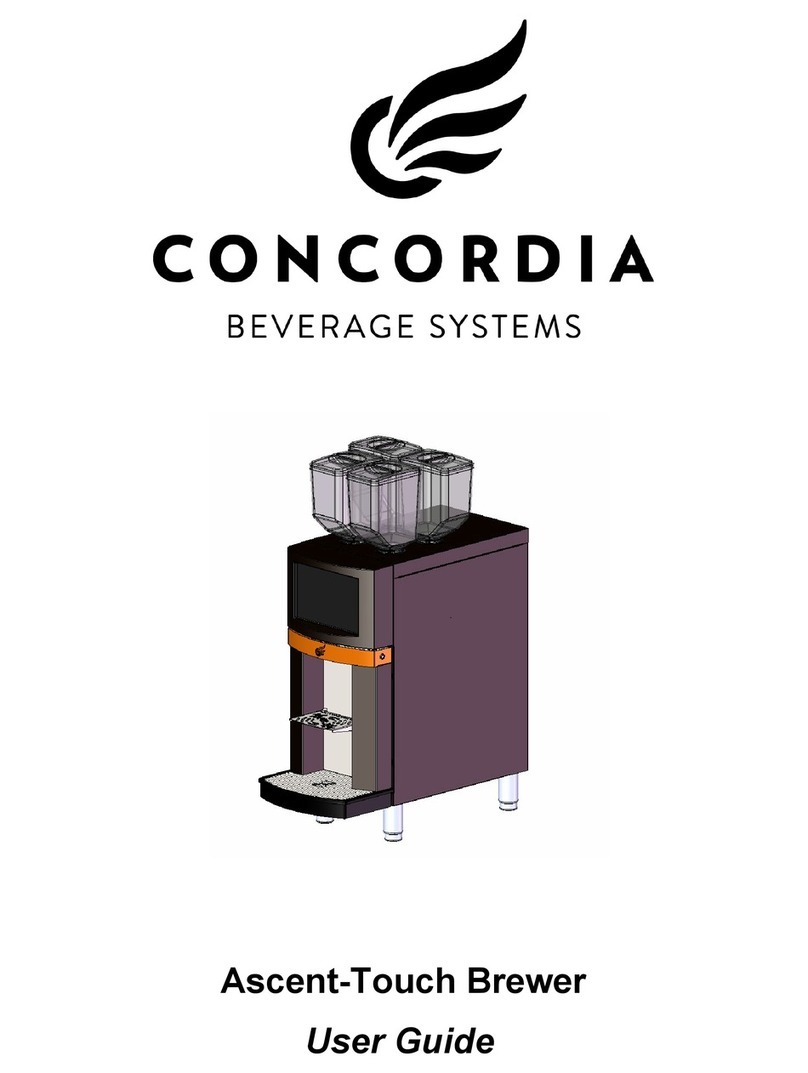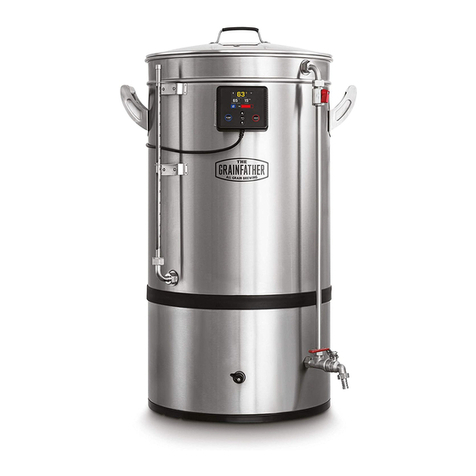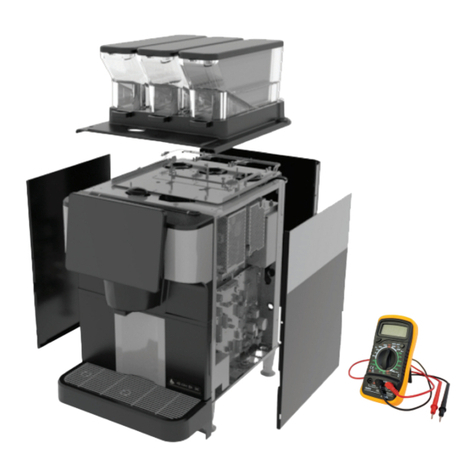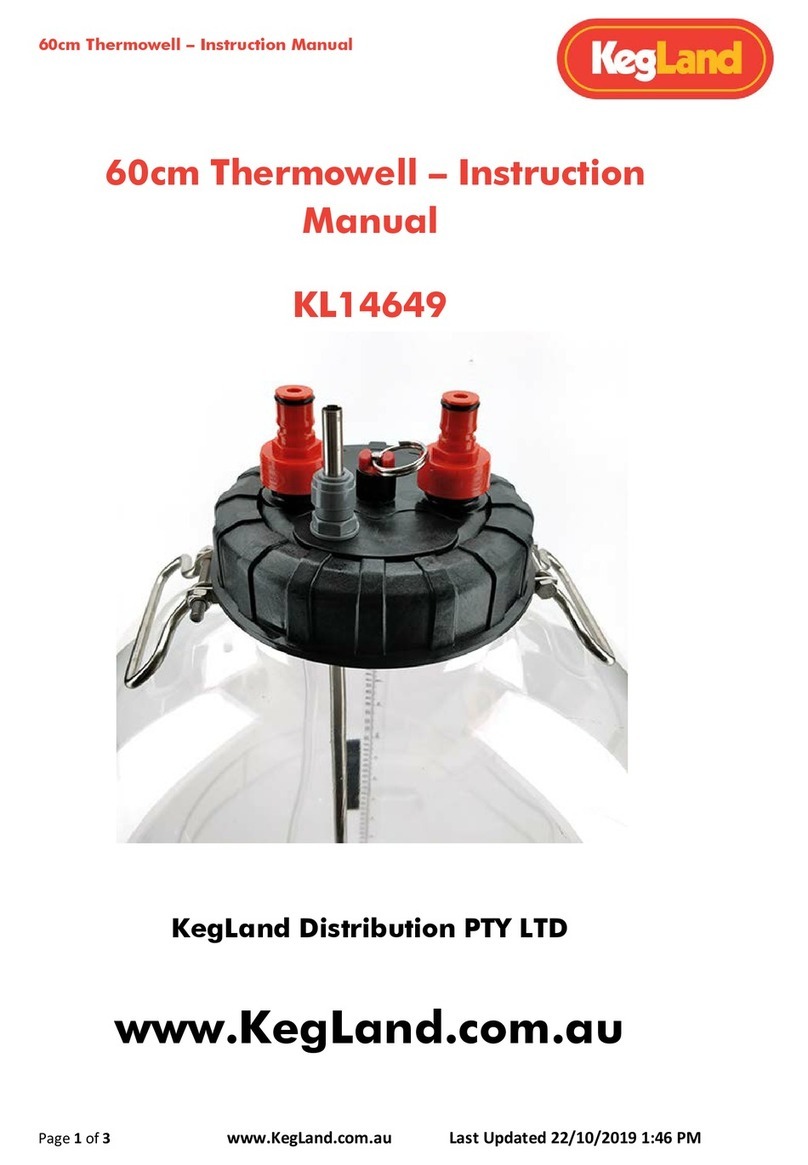General Operation
Leak Test
It is important to check for leaks to ensure that all the parts are securely in place so that no beer is lost, and
the vessel can operate safely during fermentation. To do this:
1. Pressurise the tank to no higher than 20 psi.
2. Disconnect the gas line and detect for leaks using a spray bottle filled with foaming sanitiser or soapy
water around the seals and joins of the top and bottom assemblies.
3. To fix a leak, DEPRESSURISE the tank first before readjusting the fittings.
Cleaning and Sanitation
1. For cleaning, we recommend non-caustic products such as sodium percarbonate or our Atomic 15
ABC (Alkaline Brewery Cleaner product code 9006).
For easier cleaning, we recommend our Gen 3 CIP Cleaning Kit that attaches to the inside of your
Apollo Lid!
2. For sanitising your Apollo, it is best to go with non-rinse phosphoric-acid type sanitisers such as the
Atomic 15 Foaming Sanitiser (product code 9001) or something similar.
3. Do not use caustic soda or strong acids as they will deteriorate the plastic material of the tank.
4. Do not exceed temperatures above 50°C. PET is a soft plastic and will deform at higher temperatures.
5. For scrubbing protein residues, soft sponges are highly recommended.
DO NOT use steel-wool or abrasive scrubbers.
Fermentation
Wort should be chilled to below 30°C prior to transfer to the Apollo tank.
After pitching in the yeast, close up the tank and ferment with controlled temperature and pressure.
To control Apollo’s internal pressure, we recommend attaching the Keg King spunding valve (9161) to an
MFL gas ball lock disconnect (8282 for plastic, 7797 for stainless steel) and affixing the spunding valve
set up to the gas ball lock post on the Apollo lid.
Temperature can be monitored through the thermowell. Simply insert a temperature control device
probe 6mm or under into the thermowell to gauge liquid temperature readings at any height within the
fermenting beverage.
During and after fermentation, hops can be added to the fermenter by de-pressurising and utilising the
dry-hop port for pellet hops. Once added, the tank can be purged and re-pressured with a regulated CO2
source.
Sampling from the fermenter can be easily done with the liquid-to-liquid transfer line (9183). Simply
connect one end to the liquid post and move the liquid out by pushing down on the internal pin of the
opposite disconnect. No additional CO2 is required as the fermenter is already pressurised.
When fermentation is complete, bring the temperature of the beverage down to cold crash the yeast and
increase beverage clarity. You can remove the spunding valve and attach a gas line to hold your desired
carbonation pressure when the liquid is cold.
If the internal gas pressure of the tank after fermentation was not enough to carbonate your beverage
entirely after cold crashing, attach a regulated CO2 source to the gas post to allow the beverage to finish
carbonating to your desired carbonation level.
